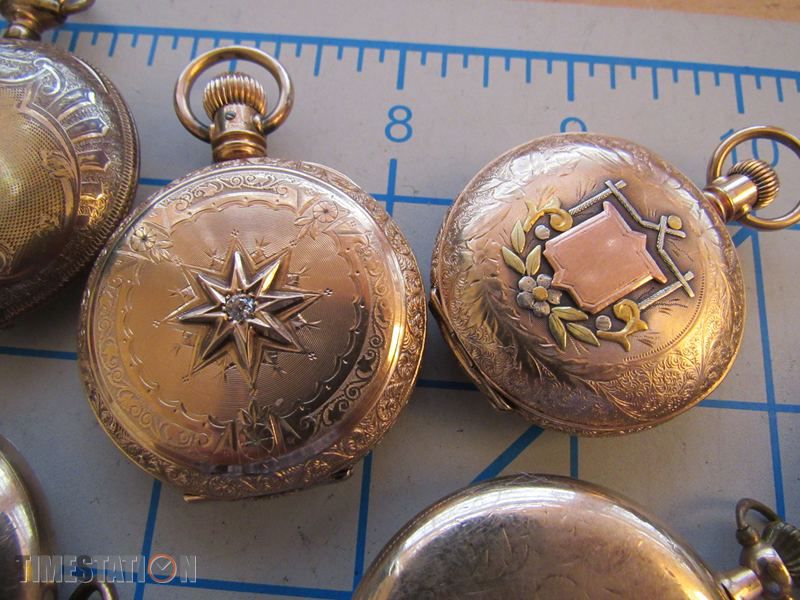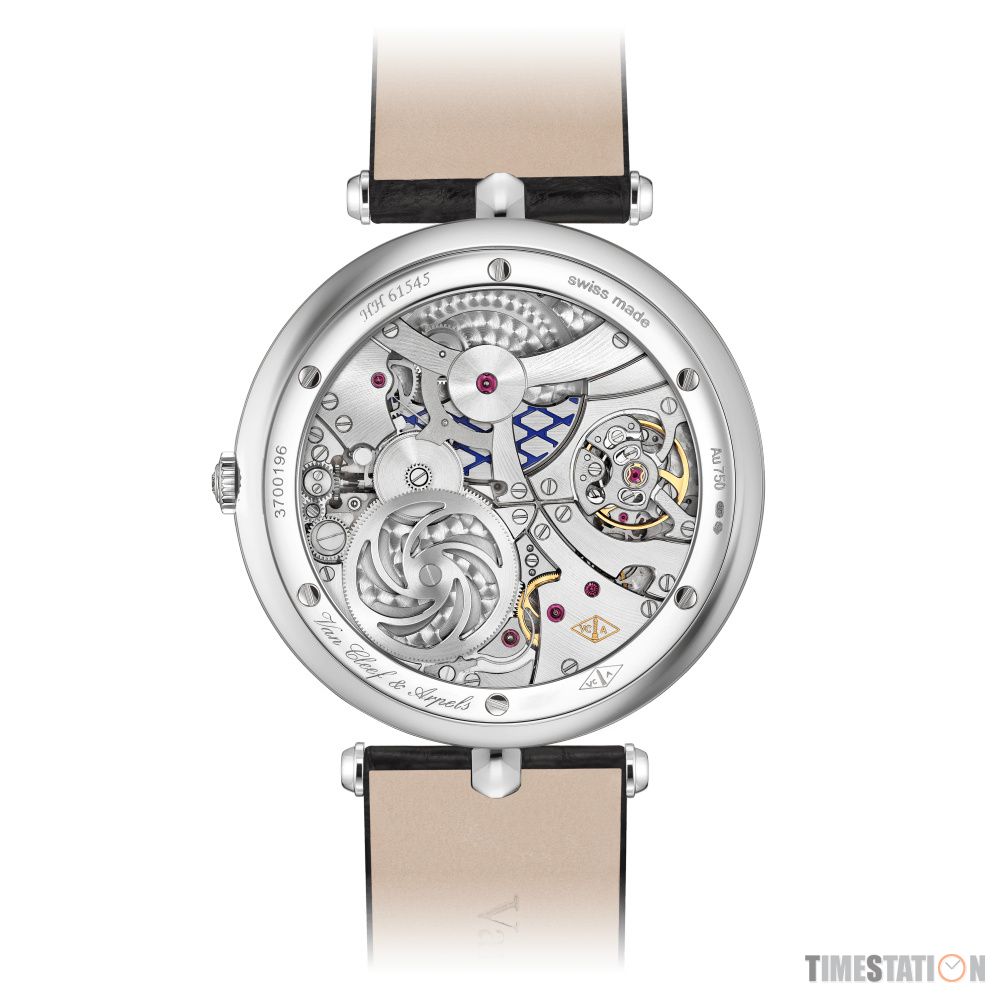|
|

楼主 |
发表于 2010-11-23 08:58
|
显示全部楼层
This choice immediately sparked contraversy among many Parisians, worried about the idea that a non-French artist (Chagall was Russian born) was being charged with the decoration of a national French monument. Chagall, true to his style, responded to critical articles published about him saying :
« They really had it in for me. It is amazing the way the French resent foreigners. You live here most of your life, you become a naturalized French citizen, work for nothing decorating their cathedrals, and still they despise you. You are not one of them. »
Chagall, un-deterred in his determination to do complete his work and prove his critics wrong, began his work in 1964 at the tender age of 77. After only one year, Chagall had completed a work of art that beautifully filled the 220 square meter ceiling. The canvas that had been so debated and fiercely criticized was unveiled to the public on September 23, 1964, silencing doubters and validating Chagall’s efforts. In an interview, Chagall explained his work to an enthralled audience :
“Up there in my painting I wanted to reflect, like a mirror in a bouquet, the dreams and creations of the singers and musicians, to recall the movement of the colourfully attired audience below, and to honour the great opera and ballet composers... Now I offer this work as a gift of gratitude to France and her École de Paris, without which there would be no colour and no freedom.”
Chagall used this platform to pay tribute to some of the greatest composers of all time. He decided that the best way to go about transforming the massive ceiling into a tribute that would do justice to these legendary artists would be to divide the outer circle of the ceiling into five individual sections, each one painted a different color.
The Blue Section majestically celebrates Mozart and Mussorgsky with a rendering of The Enchanged Flute. In the Green Section, Chagall honors Wagner and Berlioz with beautiful visuals of both Tristan and Isolde and Romeo and Juliettey. Continuing around the circle, the White Section is dedicated to Rameau and Debussy and presents Chagall’s depiction of Pelleas and Melisande. The Red Section pays tribute to Stravinsky and Ravel with the timeless masterpiece Daphne and Chloe. Last, but certainly not least, is the Yellow Section dedicated to Tchaikovsky and Adam featuring Swan Lake and Giselle.
Chagall’s work showcases the artist’s deep and passionate love for theater as well as painting. The majestic images are united magnificently with a beautiful array of luminous colors that effortlessly contrast the theater’s predominantly gold and red theme. « I adore the theater and I am a painter. I think the two are made for a marriage of love. I will give all my soul to prove this once more. »
The delicate enamel dial is a work of art in its own right the first drawings
|
本帖子中包含更多资源
您需要 登录 才可以下载或查看,没有帐号?注册

x
|






